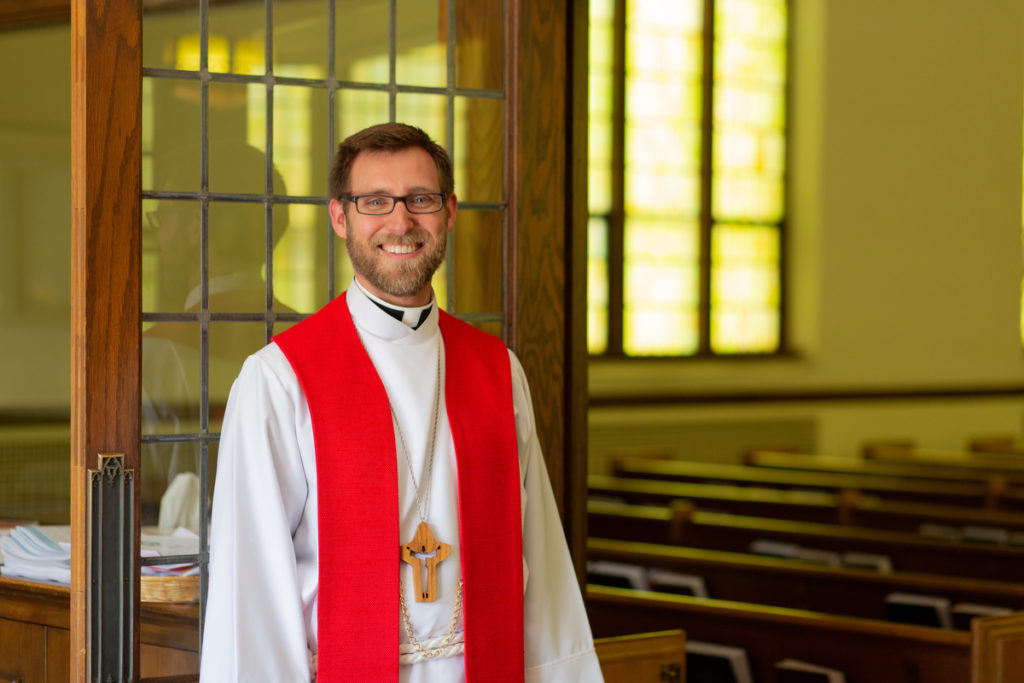The word is definitely getting around. The ELCA’s Office of Research and Evaluation, this last spring, released the results of their projection regarding anticipated ELCA decline over the next 31 years. The rather shocking projection is as follows, and is based on the starting point of membership and worship statistics as of the end of 2017.
ELCA Paper Projects Drastic Decline in Membership
So ELCA membership as of 2017 was 3.4 million. The projection for 2050 is that membership will be only 67,000! That’s right, 67,000.
And weekly worship attendance? As of 2017 just under 900,000 people worshiped at ELCA congregations in a typical week. The projection, which in this case is for 2041, is that weekly worship attendance will be only 16,000. You read that correctly: 16,000.
Implications for the LCMC and NALC
So what, if any, are the conclusions and/or implications of these predictions when it comes to confessing Lutheran congregations in the LCMC and NALC? I can think of at least three.
1. These predictions regarding the rate of the ELCA’s decline are probably based, to a degree, on the rate of decline between 2009 and 2012. That was the period when ELCA decline accelerated — dramatically — due to the policy changes in August of 2009. My point? The ELCA’s rate of decline has not been as dramatic in the last seven years. Granted, the ELCA continues to lose tens of thousands of members each year. And granted, the exodus of most of the ELCA’s more evangelistic churches has had a lasting and permanent effect on its statistical “bottom line.” However, my guess is that the projections for 2041 and 2050 will not be quite as bleak as predicted. They will still be dramatic, though. After all, when the ELCA National Assembly passes an amendment questioning whether Lutherans can ethically witness to people of other faiths, we can’t expect their members and congregations to be engaged in evangelistic outreach.
2. We need to acknowledge that these dire projections are emblematic of demographic trends that, to some degree, are impacting all mainline Protestant bodies. So while I suspect NALC and LCMC congregations will fare better than the ELCA between now and 2050, here is the painful truth: We too are rapidly aging faith communities. And we, like the ELCA, have a membership that is considerably older than both the general U.S. population and, I might add, older than most evangelical/non-denominational churches. So we best not smirk or gloat at these projections from the Office of Research and Evaluation.
3. Third, these ELCA projections should serve as a wake-up call when it comes to our generational challenges in the NALC and LCMC.
Keychain Leadership
One of the congregations that is using the Congregations in Transition process recently signed up for the Fuller Seminary Youth Institute “Growing Young Assessment.” This assessment is based on the Institute’s book entitled Growing Young. After completing the assessment the Institute suggested this congregation focus on “Keychain Leadership.” “Keychain Leadership” is about focusing on opportunities to “hand over the keys” of leadership to young adults, teens, and parents with young children. The Fuller Youth Institute also suggested this church “prioritize” young people in the life of the congregation, and encourage older members to “dive deeper” into relationships with younger members. One specific example mentioned in the assessment was to have older members enter into “coaching” relationships with teens and younger adults.
I suspect these suggestions might be appropriate for a great many of our congregations.
It Might Be Time
According to the U.S. Census Bureau, by 2034 the U.S. population 65 and older will exceed the population under 18. One American journalist calls this the “coming gerontocracy.” Many of our LCMC and NALC congregations are already there. It might be time to start “handing over the keys.”


























